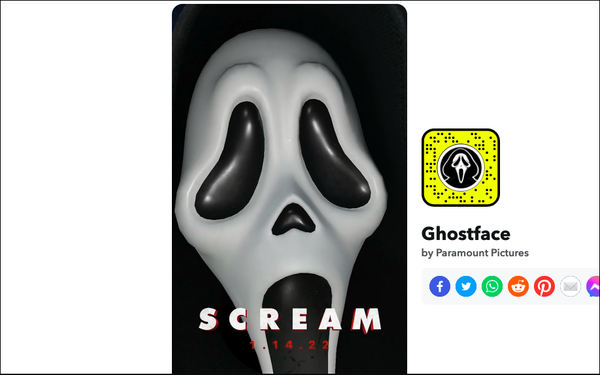
Pretty Big Monster (PBM), a Los
Angeles-based agency, attributes its 44% year-over-year growth in 2021 to its increased interest in augmented reality (AR) and virtual reality (VR).
Including AR and VR in brand-campaign
marketing strategies reflects its influence in the shifting marketing landscape, the company says in a recent statement.
According to Statista, the global AR, VR, and mixed reality (MR) market is booming, and
is forecast to increase from $30.7 billion in 2021 to $300 billion in 2024.
That’s a $270 billion jump in just three years. The number of mobile AR users is expected to grow
exponentially as well, from 800 million in 2021 to 1.73 billion by 2024.
In terms of being used as an effective marketing tool, one report from 2018 says that AR can capture
people’s attention for over 85 seconds, increase the interaction rate by 20%, and improve click-through rates to purchase by 33%, compared to print, online, and television advertisements.
“When Pretty Big Monster was founded, AR/VR/3D and immersive experiences were rare on all but the most
forward-thinking of marketing plans,” says Jason Steinberg, a PBM managing partner. “We made a bet that as paid media opportunities continued to fragment, these tactics would become
increasingly effective and sought-after as the efficacy was proven out.”
Immersive experiential marketing campaigns
also helped PBM’s number of projects grow by 25%, including campaigns with notable brands like Disney, Warner Bros., Sony, Amazon, Netflix, NBCUniversal, and Snap. PBM also reported a 15%
increase in average project margins.
Some of the specific projects PBM infused with AR and VR include an immersive
site developed for the major motion picture "Dune," as well as a shareable AR Lens for "Godzilla vs. Kong" for Snapchat, Instagram, and Facebook. The agency also created a three-dimensional
experience out of musician Jevon’s debut album.
New wearable technology ecosystems like smart glasses, earbuds, phones, and fitness devices are
expected to grow in popularity, PBM says, creating a higher demand for what it calls “Lite AR” applications. These include wayfinding, visual search, health, and social interactions, and
are partly dependent on product-development plans and announcements made by Google, Apple, and Meta.
PBM
thinks brands and advertisers should be focused on creating destination content and experiences that audiences want to seek out. In particular, it says, “sticky, shareable, and replayable,
mobile AR/VR activations are ideal for the job.”
